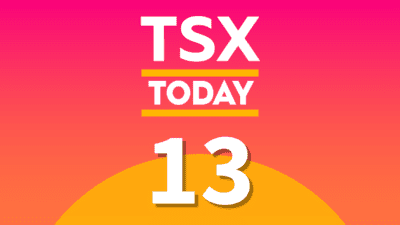Last year, Canada’s asset management industry was dramatically re-shaped, when Brookfield Asset Management (TSX:BAM) was spun off from its parent company. In a slightly confusing move, the spun off company retained the name of the original entity, while the parent was re-named Brookfield (TSX:BN). The naming here is confusing, but essentially, what happened was that the company spun off a part of itself to investors and kept a part on its balance sheet.
Now that Brookfield and BAM are two separate entities, the question is, “which one should you invest in?” Before the Brookfield/BAM spinoff occurred, many played the spinoff by buying shares in Brookfield Asset Management in order to acquire shares in both successor companies. Today, that bet is no longer possible, but you can still “play the spinoff” in the sense of buying one of the two companies that came from it, whose characteristics are slightly different from those of the original.
Diversification and valuation: Brookfield
If you want to maximize diversification, then you’re better off investing in Brookfield rather than BAM. Brookfield owns a stake in BAM and other assets. Additionally, it is somewhat cheaper than BAM is, trading at 12 times funds from operations (FFO). FFO is similar to earnings but used for asset management companies, for whom traditional earnings metrics often aren’t accurate.
One advantage Brookfield has is a big stake in Brookfield Oaktree Wealth Solutions. Oaktree is an investment firm founded by Howard Marks, a legendary bond investor who has outperformed the market averages over the course of his career. Marks’s career return is reported to be 20% annualized — about double that of the S&P 500. Marks sold 74% of his company to Brookfield but still works there to this day. His exceptional capital-allocation skills may prove to be an asset for Brookfield going forward.
Safety: BAM
Compared to Brookfield, BAM could be thought of as somewhat less risky. It is a full-service asset management firm like Blackstone, meaning that it manages investment funds in exchange for fees. Unlike Brookfield, the parent company, it doesn’t hold that many assets on its balance sheet directly. This is a less-risky business model than directly investing in assets. As an asset manager, you simply pool clients’ money and collect a fee in exchange for investing it. You don’t assume any of the risk. There are some risks in the business model; for example, clients pulling their money out. But you don’t actually face the risk of your holdings rapidly collapsing in value like direct investors do.
This is part of the reason why BAM is more expensive than Brookfield is. As today’s prices, BAM trades at 23 times earnings, which is much more expensive than the multiple that Brookfield trades at. It might seem like BN is the better stock based on valuation, but remember that BAM is subject to fewer risks.
Foolish takeaway
Taking all relevant factors into account, it looks like both Brookfield and BAM are good investments. Brookfield is somewhat cheaper but also assumes more financial risk. BAM is more expensive but has a more stable business model. Perhaps the best bet is to own both.








